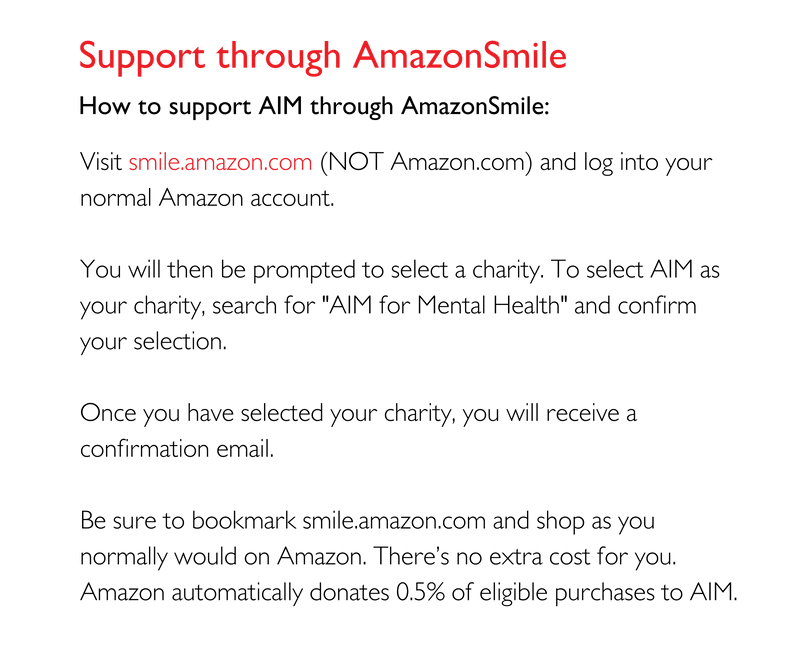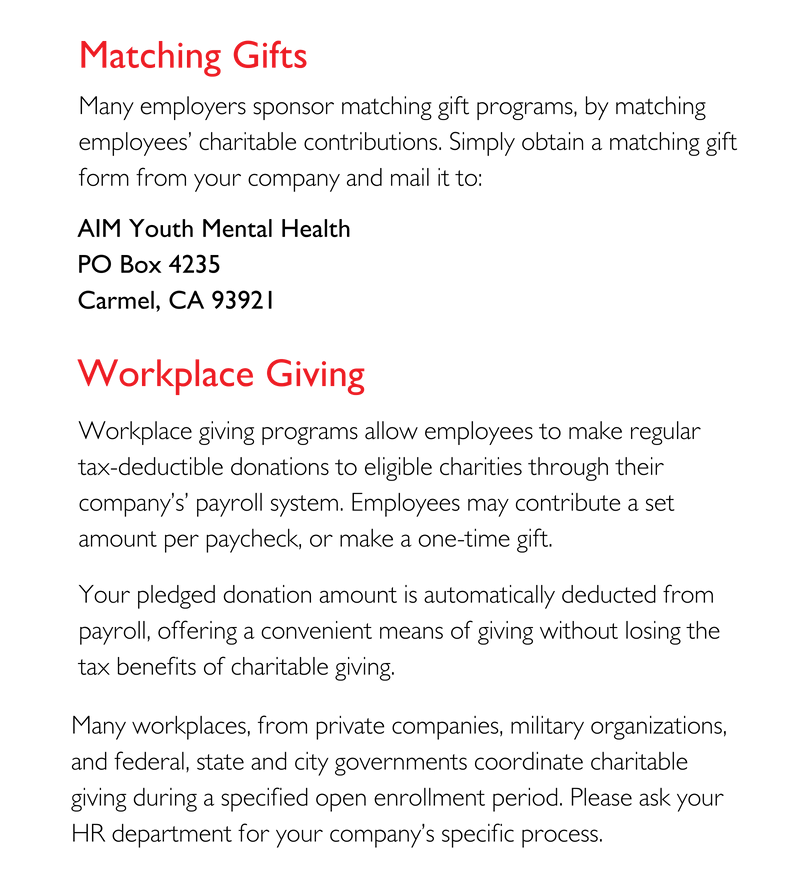
By BENOIT DENIZET-LEWISOCT. 11, 2017
The disintegration of Jake’s life took him by surprise. It happened early in his junior year of high school, while he was taking three Advanced Placement classes, running on his school’s cross-country team and traveling to Model United Nations conferences. It was a lot to handle, but Jake — the likable, hard-working oldest sibling in a suburban North Carolina family — was the kind of teenager who handled things. Though he was not prone to boastfulness, the fact was he had never really failed at anything.
Not coincidentally, failure was one of Jake’s biggest fears. He worried about it privately; maybe he couldn’t keep up with his peers, maybe he wouldn’t succeed in life. The relentless drive to avoid such a fate seemed to come from deep inside him. He considered it a strength.
Jake’s parents knew he could be high-strung; in middle school, they sent him to a therapist when he was too scared to sleep in his own room. But nothing prepared them for the day two years ago when Jake, then 17, seemingly “ran 150 miles per hour into a brick wall,” his mother said. He refused to go to school and curled up in the fetal position on the floor. “I just can’t take it!” he screamed. “You just don’t understand!”
Jake was right — his parents didn’t understand. Jake didn’t really understand, either. But he also wasn’t good at verbalizing what he thought he knew: that going to school suddenly felt impossible, that people were undoubtedly judging him, that nothing he did felt good enough. “All of a sudden I couldn’t do anything,” he said. “I was so afraid.” His tall, lanky frame succumbed, too. His stomach hurt. He had migraines. “You know how a normal person might have their stomach lurch if they walk into a classroom and there’s a pop quiz?” he told me. “Well, I basically started having that feeling all the time.”
Alarmed, Jake’s parents sent him to his primary-care physician, who prescribed Prozac, an antidepressant often given to anxious teenagers. It was the first of many medications that Jake, who asked that his last name not be used, would try over the next year. But none seemed to work — and some made a bad situation worse. An increase in dosage made Jake “much more excited, acting strangely and almost manic,” his father wrote in a journal in the fall of 2015. A few weeks later, Jake locked himself in a bathroom at home and tried to drown himself in the bathtub.
He was hospitalized for four days, but soon after he returned home, he started hiding out in his room again. He cried, slept, argued with his parents about going to school and mindlessly surfed the internet on his phone. The more school he missed, the more anxious he felt about missing school. And the more anxious he felt, the more hopeless and depressed he became. He had long wanted to go to the University of North Carolina at Chapel Hill, but now that felt like wishful thinking.
Not every day was bad. During spring break in 2016, Jake’s father wrote: “Jake was relaxed and his old sarcastic, personable, witty self.” A week later, though, Jake couldn’t get through a school day without texting his mother to pick him up or hiding out in the nurse’s office. At home, Jake threatened suicide again. His younger siblings were terrified. “It was the depth of hell,” his mother told me.
That summer, after two more hospitalizations, Jake’s desperate parents sent him to Mountain Valley in New Hampshire, a residential treatment facility and one of a growing number of programs for acutely anxious teenagers. Over the last decade, anxiety has overtaken depression as the most common reason college students seek counseling services. In its annual survey of students, the American College Health Association found a significant increase — to 62 percent in 2016 from 50 percent in 2011 — of undergraduates reporting “overwhelming anxiety” in the previous year. Surveys that look at symptoms related to anxiety are also telling. In 1985, the Higher Education Research Institute at U.C.L.A. began asking incoming college freshmen if they “felt overwhelmed by all I had to do” during the previous year. In 1985, 18 percent said they did. By 2010, that number had increased to 29 percent. Last year, it surged to 41 percent.
Those numbers — combined with a doubling of hospital admissions for suicidal teenagers over the last 10 years, with the highest rates occurring soon after they return to school each fall — come as little surprise to high school administrators across the country, who increasingly report a glut of anxious, overwhelmed students. While it’s difficult to tease apart how much of the apparent spike in anxiety is related to an increase in awareness and diagnosis of the disorder, many of those who work with young people suspect that what they’re seeing can’t easily be explained away. “We’ve always had kids who didn’t want to come in the door or who were worried about things,” says Laurie Farkas, who was until recently director of student services for the Northampton public schools in Massachusetts. “But there’s just been a steady increase of severely anxious students.”
For the teenagers who arrive at Mountain Valley, a nonprofit program that costs $910 a day and offers some need-based assistance, the center is usually a last resort after conventional therapy and medications fail. The young people I met there suffered from a range of anxiety disorders, including social anxiety, separation anxiety, post-traumatic stress disorder and obsessive-compulsive disorder. (Though OCD and PTSD are considered anxiety disorders at Mountain Valley and other treatment centers, they were moved into separate categories in the most recent edition of the Diagnostic and Statistical Manual of Mental Disorders.)
Continue reading the full article in The New York Times Magazine.



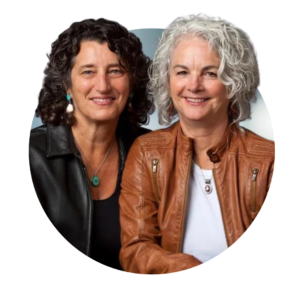









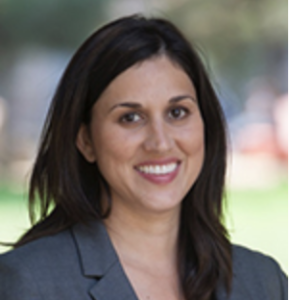


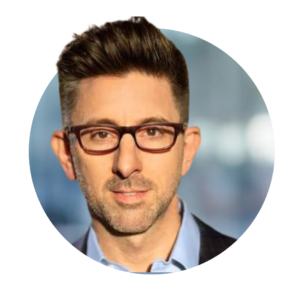

 Moving Upstream: A Proactive Approach to Addressing Behaviors and Bullying
Moving Upstream: A Proactive Approach to Addressing Behaviors and Bullying Krista Reuther is the Assistant Director of Ohana’s Community Health and Prevention Program. She received her Masters in Public Health and Social Work at UC Berkeley. She comes to this position after 14 years of clinical social work experience at Stanford Children’s Hospital in pediatric oncology, critical care, and bereavement. Her goal is to reduce the incidence of mental illness in children and adolescents in Monterey County.
Krista Reuther is the Assistant Director of Ohana’s Community Health and Prevention Program. She received her Masters in Public Health and Social Work at UC Berkeley. She comes to this position after 14 years of clinical social work experience at Stanford Children’s Hospital in pediatric oncology, critical care, and bereavement. Her goal is to reduce the incidence of mental illness in children and adolescents in Monterey County. Dr. Guss is a 35-year veteran educator with a doctorate degree in Educational Leadership. She served as a classroom teacher for 10 years, including two years as a teacher in a bilingual program in South Central Los Angeles. She has also served as a college professor, mentor teacher for new teachers, and a master teacher for teacher candidates completing their student teaching experience. She continues to be a strong advocate for the teaching profession.
Dr. Guss is a 35-year veteran educator with a doctorate degree in Educational Leadership. She served as a classroom teacher for 10 years, including two years as a teacher in a bilingual program in South Central Los Angeles. She has also served as a college professor, mentor teacher for new teachers, and a master teacher for teacher candidates completing their student teaching experience. She continues to be a strong advocate for the teaching profession. Fellowship: Stanford University School of Medicine (1994) CA
Fellowship: Stanford University School of Medicine (1994) CA Michael G. Thompson, Ph.D. is a consultant, author and psychologist specializing in children and families. He is the supervising psychologist for the Belmont Hill School and has worked in more than seven hundred schools across the United States, as well as in international schools in Central America, Europe, Africa and Asia.
Michael G. Thompson, Ph.D. is a consultant, author and psychologist specializing in children and families. He is the supervising psychologist for the Belmont Hill School and has worked in more than seven hundred schools across the United States, as well as in international schools in Central America, Europe, Africa and Asia.
 is 15 years old and a sophomore at Marina High School in Marina, CA. Her academic interests include math, history, and psychology. She joined the AIM Ideas Lab in 2021 because she wanted to be a part of something that could have a great impact on her community. Marwa is interested in youth mental health because she has always been fascinated with the human mind and she wants to support those that are suffering who may feel like their challenges in life aren’t important enough or are too afraid to seek necessary help.
is 15 years old and a sophomore at Marina High School in Marina, CA. Her academic interests include math, history, and psychology. She joined the AIM Ideas Lab in 2021 because she wanted to be a part of something that could have a great impact on her community. Marwa is interested in youth mental health because she has always been fascinated with the human mind and she wants to support those that are suffering who may feel like their challenges in life aren’t important enough or are too afraid to seek necessary help. Giovanna Panetta is a 16 year old junior at Carmel High School. She has always been called to STEM subjects, specifically biology. The AIM Ideas Lab instantly attracted her attention as a research opportunity. Gia has always comprehended the importance of mental health. She knows that COVID only exacerbated previously existing problems, and that as a community we can try and find the root of those problems. Mental health is an integral part of life, and can impede a body’s ability to be healthy. She strongly believes that life is worth living, and she wants to help anyone that thinks otherwise.
Giovanna Panetta is a 16 year old junior at Carmel High School. She has always been called to STEM subjects, specifically biology. The AIM Ideas Lab instantly attracted her attention as a research opportunity. Gia has always comprehended the importance of mental health. She knows that COVID only exacerbated previously existing problems, and that as a community we can try and find the root of those problems. Mental health is an integral part of life, and can impede a body’s ability to be healthy. She strongly believes that life is worth living, and she wants to help anyone that thinks otherwise. Dr. Friedman completed her undergraduate degree in Psychology from University of California San Diego (UCSD). She went on to complete her masters and doctorate degrees (Ph.D.) in Clinical Psychology from Rosalind Franklin University of Medicine and Science/Chicago Medical School. Dr. Friedman completed her pre-doctoral internship at Rush University Medical Center, Chicago, IL, and her post-doctoral fellowship training at the VA San Diego Healthcare System. Her clinical training and experience has been focused primarily on comprehensive assessment and effective treatments for anxiety, mood and related disorders. Dr. Friedman has extensive experience in providing Cognitive Behavioral Therapies for anxiety disorders (e.g. worry, OCD, social anxiety, phobias and PTSD), depression, adjustment disorders/life stress, insomnia and body-focused repetitive behaviors (e.g. Trichotillomania and skin picking). She has received training in evidence-based interventions for a variety of specific problems, including exposure with response prevention (ERP) for treatment of OCD, Prolonged Exposure (PE) for treatment of PTSD, and Cognitive Behavioral Therapy for Insomnia (CBT-I). Moreover, she has specialty training in the treatment of childhood anxiety and related disorders, such as ADHD, selective mutism, separation anxiety, PTSD, depression and specific phobias. In addition, Dr. Friedman has developed an expertise in research on Trichotillomania and body-focused repetitive behaviors, which has led to numerous local and national presentations. Dr. Friedman regularly attends local and national conferences, training seminars and workshops in order to stay informed on the most up to date treatments and apply state of the art science into her clinical practice.
Dr. Friedman completed her undergraduate degree in Psychology from University of California San Diego (UCSD). She went on to complete her masters and doctorate degrees (Ph.D.) in Clinical Psychology from Rosalind Franklin University of Medicine and Science/Chicago Medical School. Dr. Friedman completed her pre-doctoral internship at Rush University Medical Center, Chicago, IL, and her post-doctoral fellowship training at the VA San Diego Healthcare System. Her clinical training and experience has been focused primarily on comprehensive assessment and effective treatments for anxiety, mood and related disorders. Dr. Friedman has extensive experience in providing Cognitive Behavioral Therapies for anxiety disorders (e.g. worry, OCD, social anxiety, phobias and PTSD), depression, adjustment disorders/life stress, insomnia and body-focused repetitive behaviors (e.g. Trichotillomania and skin picking). She has received training in evidence-based interventions for a variety of specific problems, including exposure with response prevention (ERP) for treatment of OCD, Prolonged Exposure (PE) for treatment of PTSD, and Cognitive Behavioral Therapy for Insomnia (CBT-I). Moreover, she has specialty training in the treatment of childhood anxiety and related disorders, such as ADHD, selective mutism, separation anxiety, PTSD, depression and specific phobias. In addition, Dr. Friedman has developed an expertise in research on Trichotillomania and body-focused repetitive behaviors, which has led to numerous local and national presentations. Dr. Friedman regularly attends local and national conferences, training seminars and workshops in order to stay informed on the most up to date treatments and apply state of the art science into her clinical practice. Dr. Piacentini is a board-certified clinical child and adolescent psychologist and Professor in the UCLA Department of Psychiatry and Biobehavioral Sciences. He directs the UCLA Child OCD, Anxiety, and Tic Disorders Clinic and Tourette Association Center of Excellence which provide diagnostic evaluation and treatment (both therapy and medication) for youth with the above problems. He also directs the UCLA Center for Child Anxiety Resilence, Education, and Support (CARES; carescenter.ucla.edu) which provides education and programming to parents, teachers, and clinicians about anxiety prevention and management.
Dr. Piacentini is a board-certified clinical child and adolescent psychologist and Professor in the UCLA Department of Psychiatry and Biobehavioral Sciences. He directs the UCLA Child OCD, Anxiety, and Tic Disorders Clinic and Tourette Association Center of Excellence which provide diagnostic evaluation and treatment (both therapy and medication) for youth with the above problems. He also directs the UCLA Center for Child Anxiety Resilence, Education, and Support (CARES; carescenter.ucla.edu) which provides education and programming to parents, teachers, and clinicians about anxiety prevention and management. Citlalli Nava is 18 years old and a first year majoring in Psychology at Hartnell Community College in Salinas, CA. She is passionate about understanding how mental health affects how youth think, act, and feel. Citlalli joined the AIM Ideas Lab in 2021 after witnessing the increase in mental health challenges in teenagers and considering the mental health issues they are facing. Citlalli is interested in youth mental health because it is a real problem faced by her generation.
Citlalli Nava is 18 years old and a first year majoring in Psychology at Hartnell Community College in Salinas, CA. She is passionate about understanding how mental health affects how youth think, act, and feel. Citlalli joined the AIM Ideas Lab in 2021 after witnessing the increase in mental health challenges in teenagers and considering the mental health issues they are facing. Citlalli is interested in youth mental health because it is a real problem faced by her generation. Clinical and community psychologist and health care innovator Arthur C. Evans Jr., PhD, is CEO of the American Psychological Association, the leading scientific and professional organization representing psychology in the United States. With more than 146,000 researchers, educators, clinicians, consultants, and students as members, APA promotes and disseminates psychological knowledge to benefit society and improve lives – a mission consistent with Evans’ life work.
Clinical and community psychologist and health care innovator Arthur C. Evans Jr., PhD, is CEO of the American Psychological Association, the leading scientific and professional organization representing psychology in the United States. With more than 146,000 researchers, educators, clinicians, consultants, and students as members, APA promotes and disseminates psychological knowledge to benefit society and improve lives – a mission consistent with Evans’ life work.
